When I retired my Fujifilm X-T5 out of frustration with false positive autofocus issues, I turned to Sony to find an “action camera” replacement. The Fujifilm GFX100S would remain my everyday camera for landscape and general photography and the Leica M11 would remain the “fun camera”. The Sony’s role was to become the camera of choice when the subject will be moving.
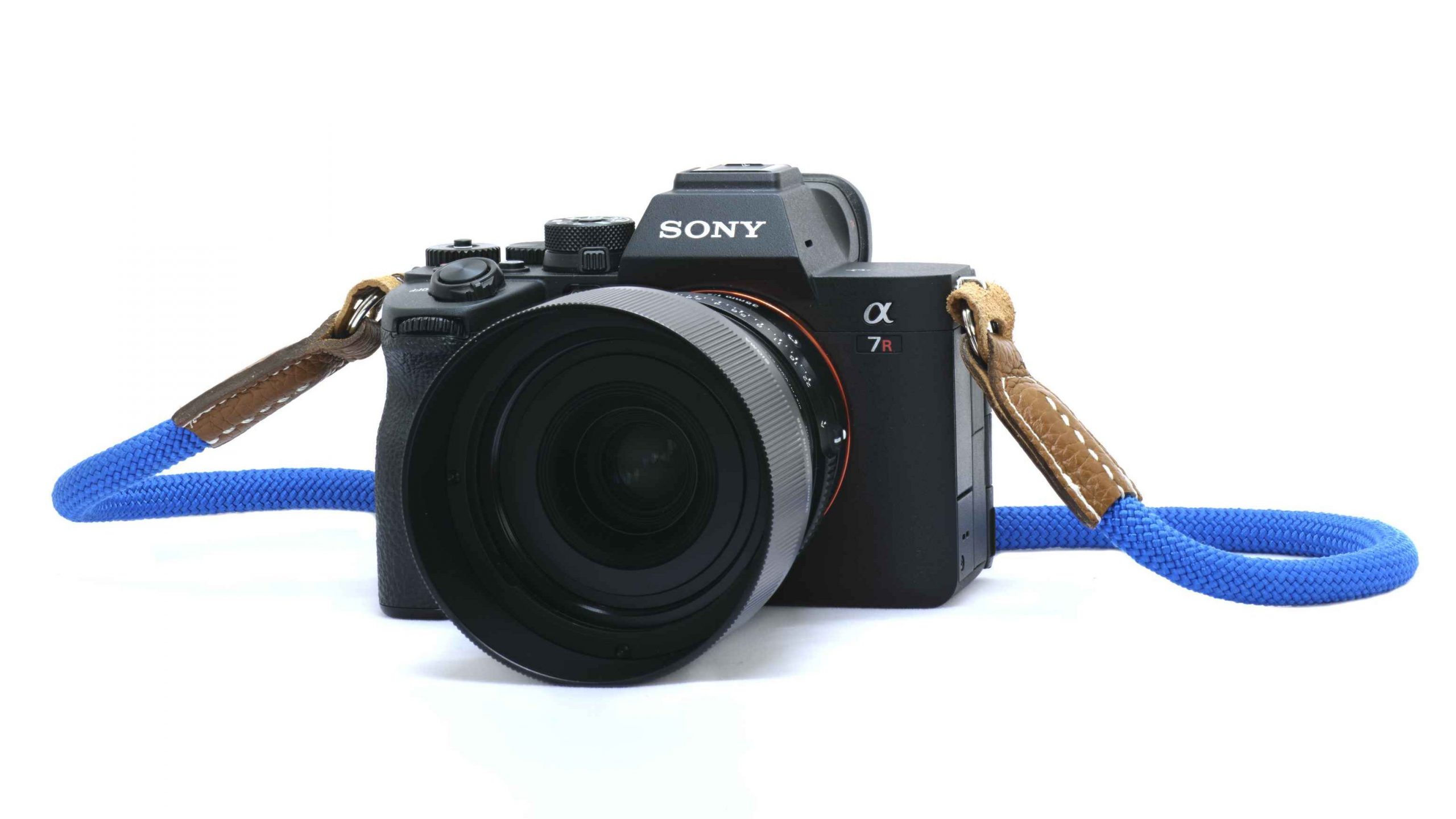
There were so many Sony cameras to choose from at the time, and now there are even more, with similar internals being put into different bodies such as the A7 and A7C series. I wanted something recent because Sony isn’t known for updating firmware with new features, so that knocked out the A7R4, A9II and A1.
I looked closely at the A74, but there were two aspects I struggled to get over. The first was that it would have lower megapixels than the outgoing X-T5, and second, the rear screen only has 1MP of resolution. I use the back screen frequently when taking action shots, so the low-resolution screen I thought would be annoying.
“This review is going to focus on the A7R5 as it compares to my Fujifilm ecosystem. I’m not going to repeat the hundreds of reviews out there that provide great insight into the general workings of the camera.”
That left the A7R5 as the obvious choice. I didn’t look at any of Sony’s APSC offerings because I wanted to gain something in regard to image quality as a counterpoint to the financial hit I would be taking in moving away from Fujifilm’s X series.
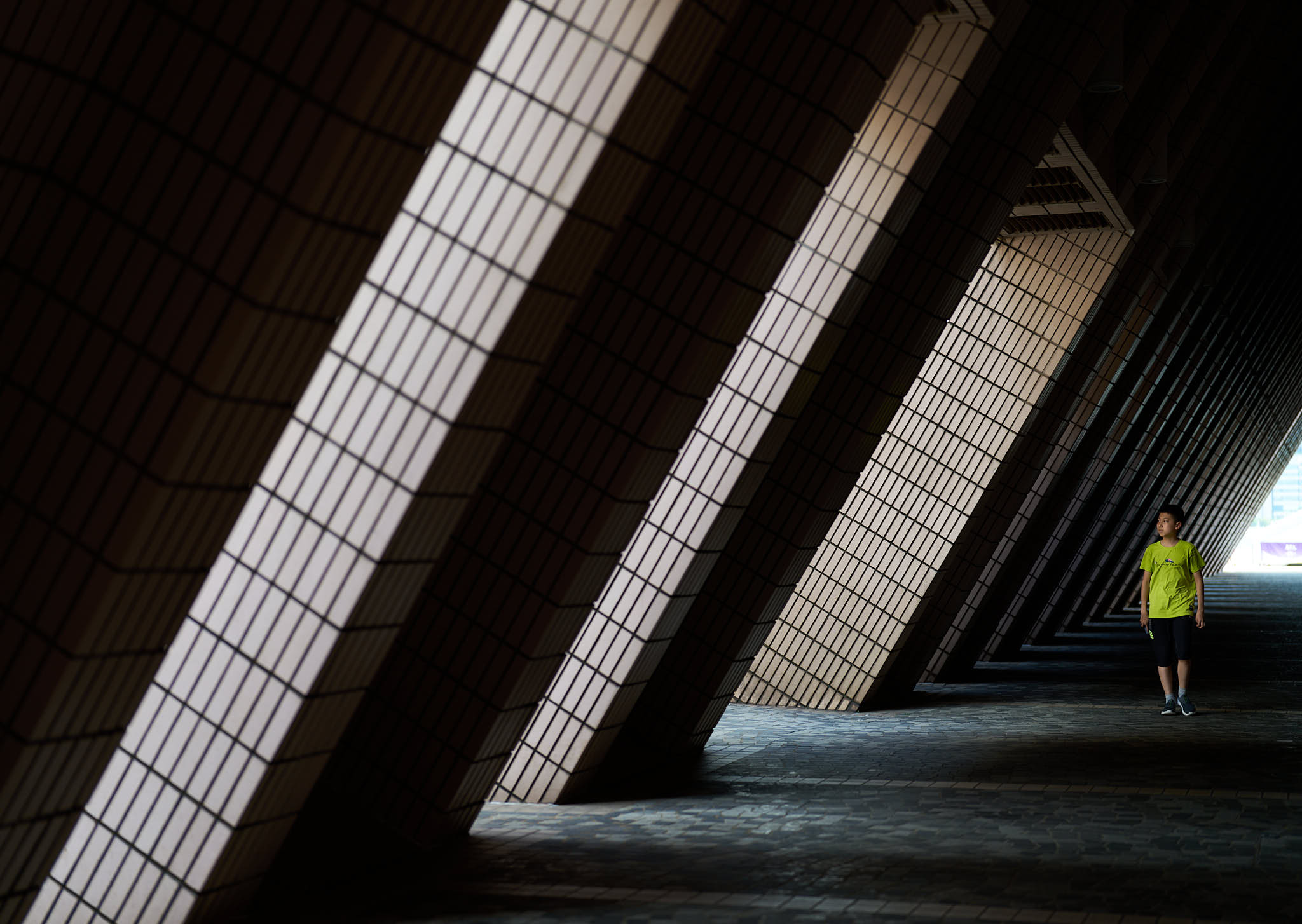
This review is going to focus on the A7R5 as it compares to my Fujifilm ecosystem. I’m not going to repeat the hundreds of reviews out there that provide great insight into the general workings of the camera.
As with all of my reviews, the Sony A7R5 was purchased at the prevailing market price from an Authorized Sony Retailer. In this instance, it was from Tin Cheung Camera in Hong Kong. All lenses used in the review were also purchased at retail. No manufacturer has had any say in this review.
Autofocus
The whole point of making this big system change was to get the ultimate in autofocus performance, so let’s start with that topic. So much has been written about how great (and complicate) Sony’s autofocus system is that it’s difficult to find unique topics to cover.
I’ll start by saying that both are correct. The autofocus system is incredibly reliable, and if wanted, can also be very complicated. Let’s start with the latter, because the articles I read about how complicated the system is nearly held me back from getting the Sony.
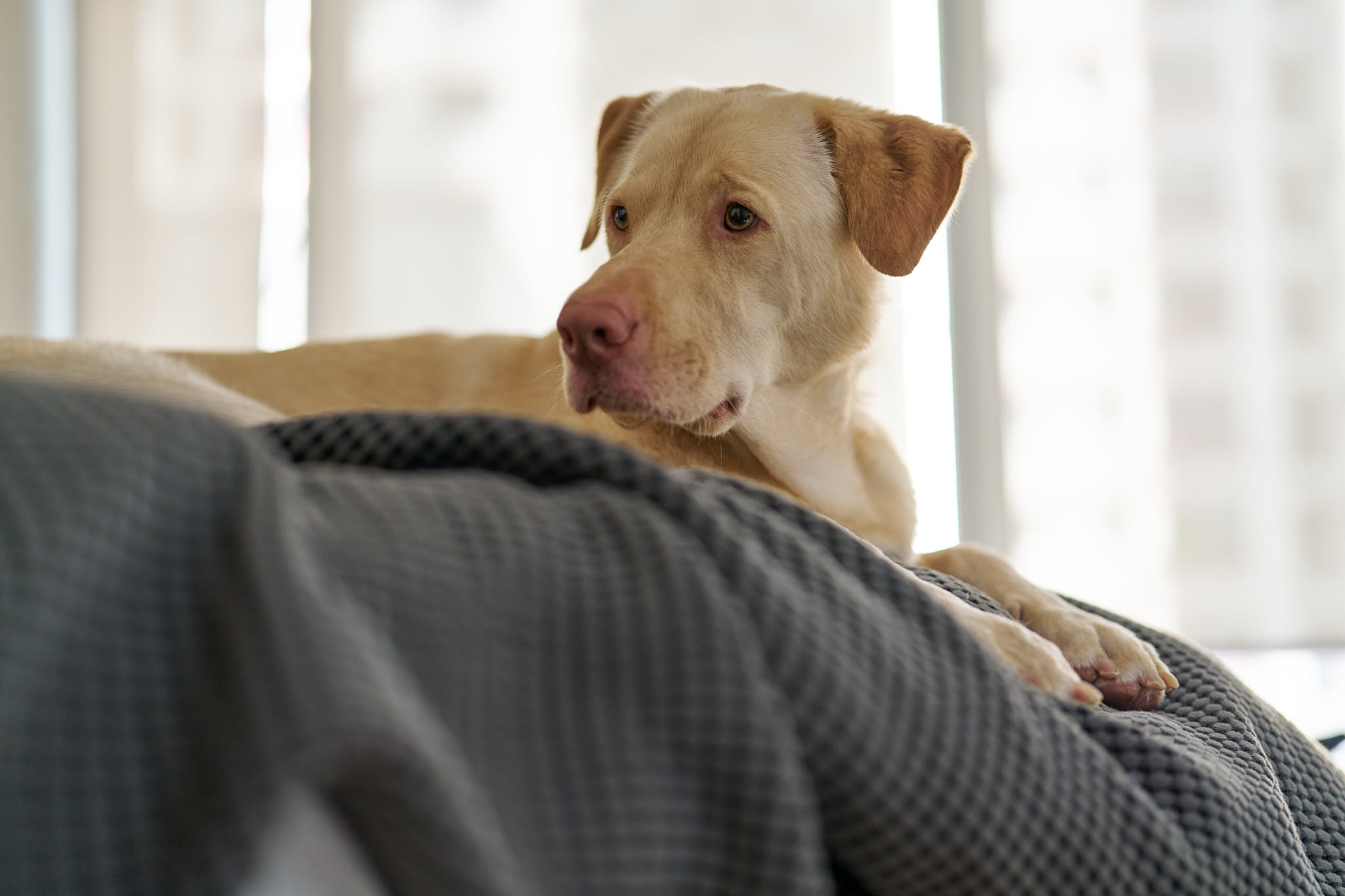
The autofocus system is only as complicated as you want and need it to be. You can get nearly 100% perfect autofocus on everyday situations without touching any of the deeper level settings. The only setting you really need to think about is how you’ll acquire your autofocus target.
In this area, the Sony does have a plethora of options, but you can again ignore most of them and focus on a few. I’ve found the Small-Expanding-Tracking target to be the best for general purpose, the Wide-Tracking to be great for subject detection, and Small for when very specific targeting is required.
“The autofocus system is only as complicated as you want and need it to be.”
I should note that there’s a lot of overlap in the target choices. For example, you can use a Zone target instead of Wide-Tracking for subject detection if you have several potential targets and you want to guide the camera. However, the Sony is remarkable in that it just seems to know what the correct subject is. Then there is the awesome Touch Tracking function, which oddly only works via the back screen. You just use the A7R5 like a mobile phone, touch the subject you want, and the camera will dutifully track it. Super intuitive.
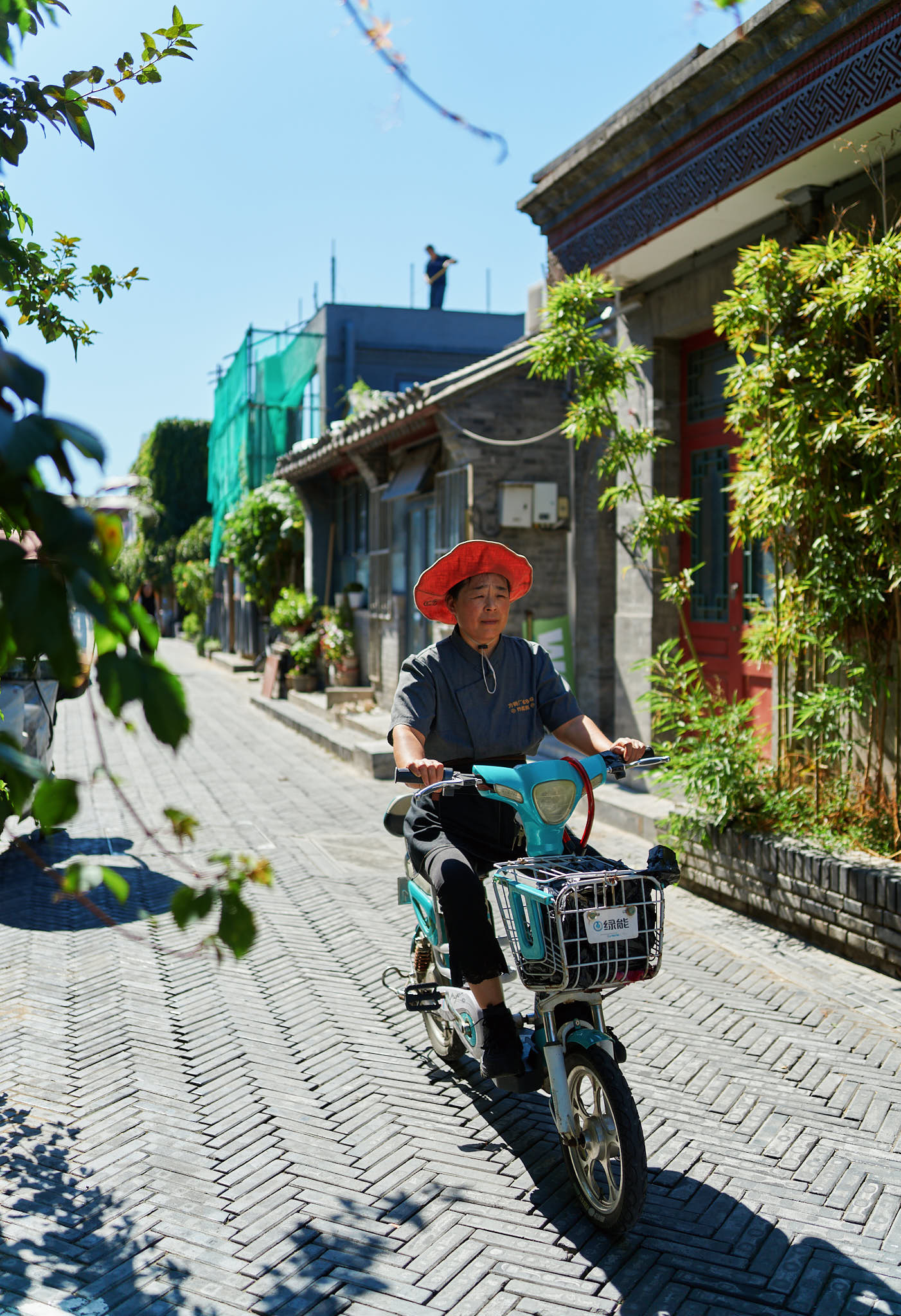
In everyday usage, I haven’t had to dig any deeper than those settings. You may wonder why I haven’t mentioned the two autofocus modes of AF-Single or AF-Continuous. The reason is because the Sony is clearly designed to be operated in AF-Continuous mode.
There are very few circumstances where I needed to use AF-Single mode; the only one I can think of is when I have a very fine subject, a wide aperture with a very shallow depth of field and wanting to get the focus on a very specific part without the potential for it to shift.
In real life, the autofocus system is superlative. Even after using the camera for a few months, I’m still stunned at what it can do. I was recently walking in the Hutongs of Beijing, and when I came across an interesting man, I just pointed the camera in his direction, composed the image and hit the shutter.
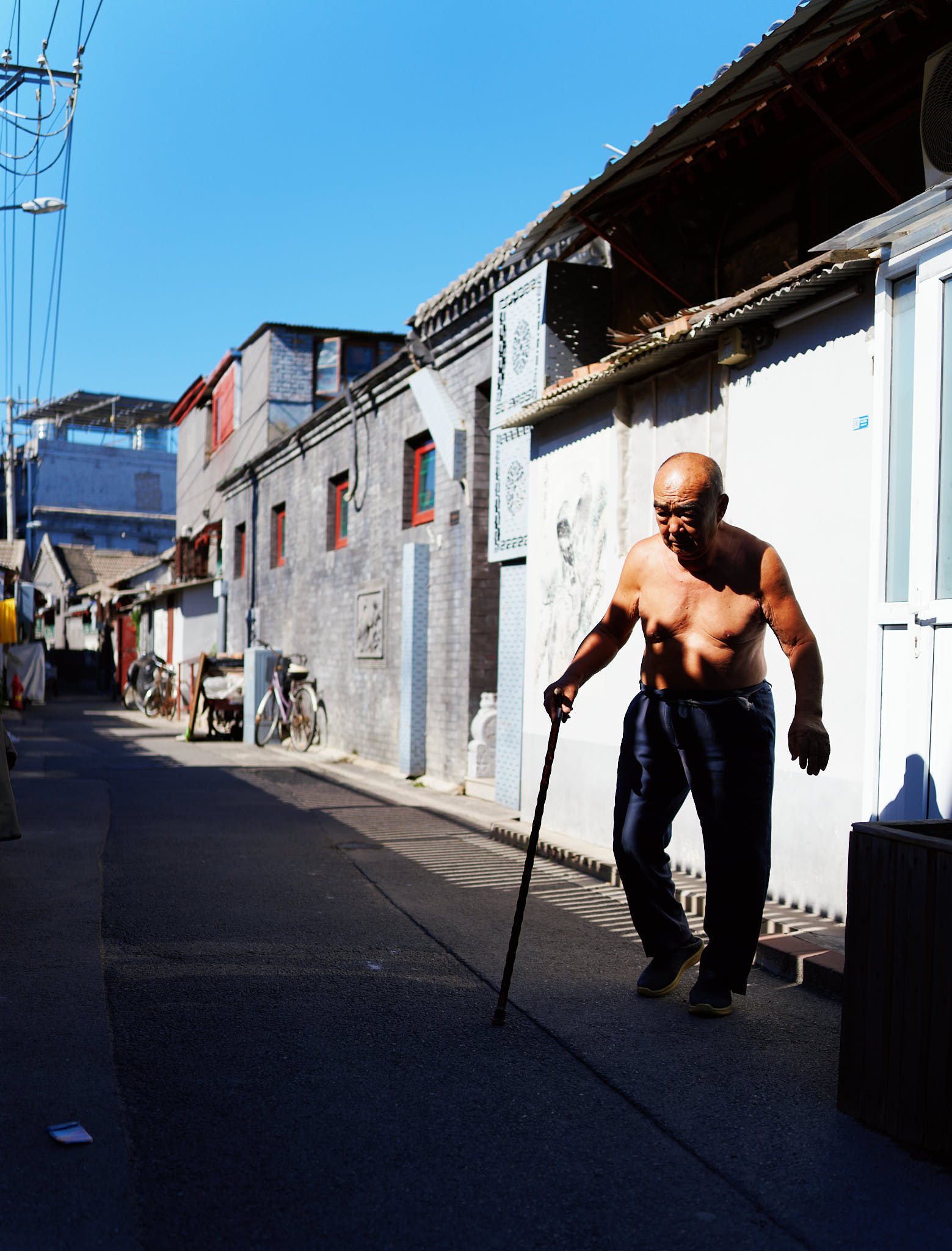
The camera somehow knows what to focus on, acquires it, and then maintains a rock-solid grip on tracking it. It does all this even with shallow depth of field apertures and in dark conditions. Sony talks a lot about AI and I’m usually skeptical, but in this case, I’m convinced.
Compared with the Fujiflm cameras which are great at subject detection, but then start to fall apart at subject tracking, the Sony is exceptional at both. Regarding my goal of finding the right camera for moving subjects, the A7R5 hits all my targets with room to spare.
Size & Weight
When I was shopping for which camera would replace my X-T5, I used several online comparison tools to virtually try out different setups. I was surprised to find that the A7R5 was about the same size and weight as my X-T5.
The lenses are of course heavier and bigger, but not by as much of a margin as would be expected. It’s certainly not proportional to the twice as large surface area of the full frame sensor in the A7R5 vs. the APS-C sensor found in the X-T5.

I’ve found the A7R5, when paired with the Sigmacrons to be especially portable. For example, the total combination of the A7R5 and 50MM Sigmacron comes in at a little under 1kg. In comparison, the XT5 with the XF33 comes in at 0.92kg. Even the sublime Sony 50MM G-Master F1.4 paired with the A7R5 comes in at a lightweight 1.2kg.
“It’s truly remarkable what Sony has been able to pack into such a small body, while providing all the features that any enthusiast or professional could ever want.”
The transition regarding size and weight has been a non-issue. At longer focal lengths, the difference in sensor size matters even less, so lenses such as the Sigma 100-400 are essentially the same for the Sony E-Mount and the Fujifilm X-Mount.
It’s truly remarkable what Sony has been able to pack into such a small body, while providing all the features that any enthusiast or professional could ever want. It demonstrates Sony’s prowess at advanced electrical and mechanical engineering.
Build Quality
One of the negatives that always held me back from sticking with Sony cameras was their poor build materials, especially the quality of the buttons and how they felt.
I had several Sony APSC cameras in the past and always felt they were more like toys rather than equipment to be taken seriously. Even as recently as the Sony A7R3, a tear down by lensrentals.com revealed some poor design decisions.
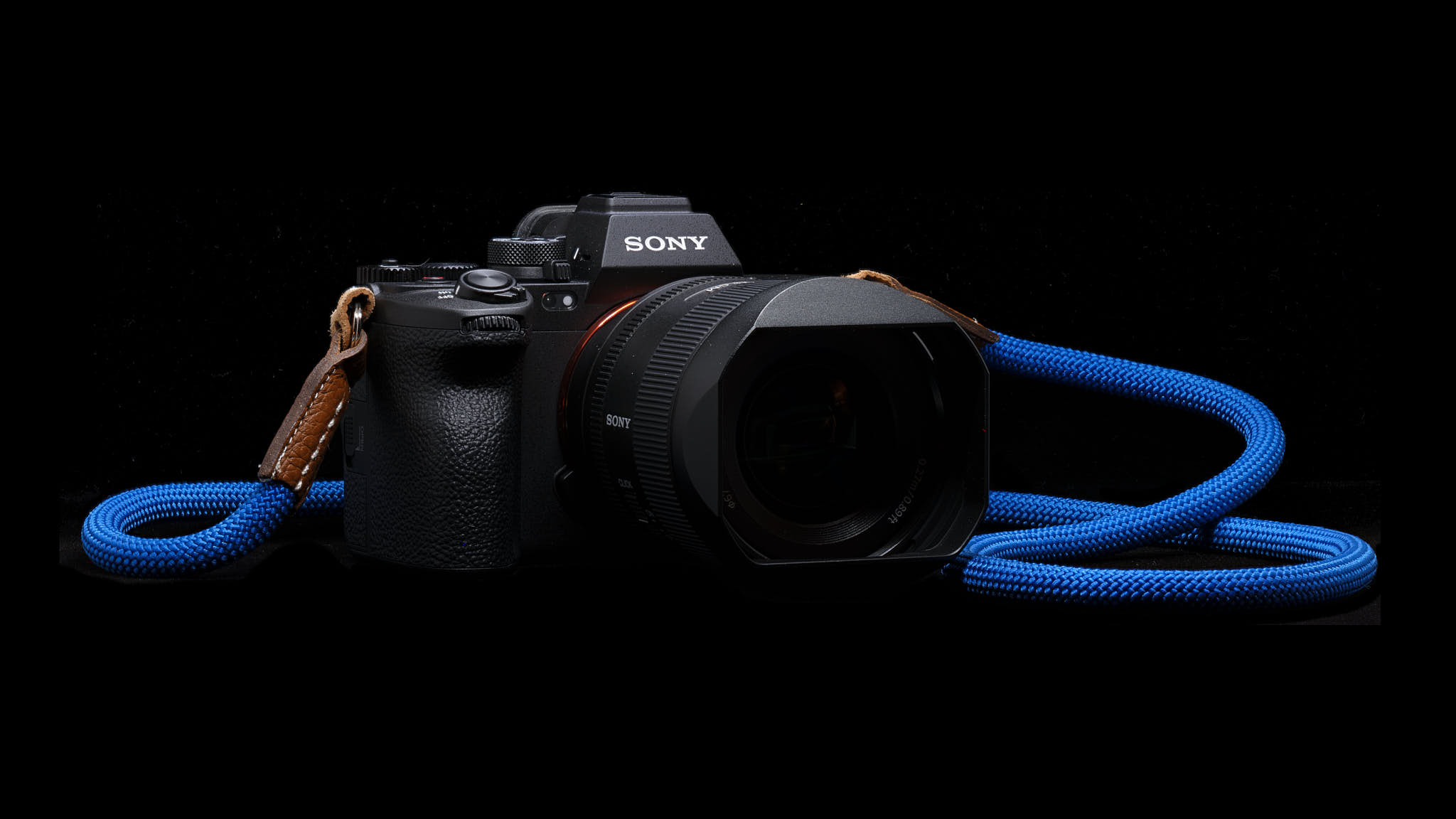
Thankfully, things have improved dramatically in the last few years. My first experience with this improvement came in handling the A7R4. The buttons, knobs and dials all felt great. The A7R5 continues with this improvement with nice tactile buttons with great rebound feel.
The only dial that I find a bit mushy is the mode selector. It requires pressing down on the tiny button and then turning it. It feels like there’s friction from a weather sealing rubber gasket under the knob. Fujifilm is much better in this regard with knobs that have a distinct click when they rotate into positions.
“There’s none of that terrible rubber string hinge stuff that you see on the left side ports of the GFX100S”
All of the doors and latches on the A7R5 have good feel. They’re of course plastic, but they’re well designed with proper hinges. There’s none of that terrible rubber string hinge stuff that you see on the left side ports of the GFX100S.
Overall, I’m very pleased with the build quality and how the camera feels in hand. It gives off the impression that Sony has achieved the ideal balance for a high-quality device along with keeping it lightweight.
Image Quality
I don’t think I need to spend much time on this section because you’ve seen all the other reviews. The image quality is exceptional. It’s speculated that the sensor wafer is used in various sizes in the X-T5, A7R5 and GFX100S, so at a pixel level, there isn’t much in it between them.
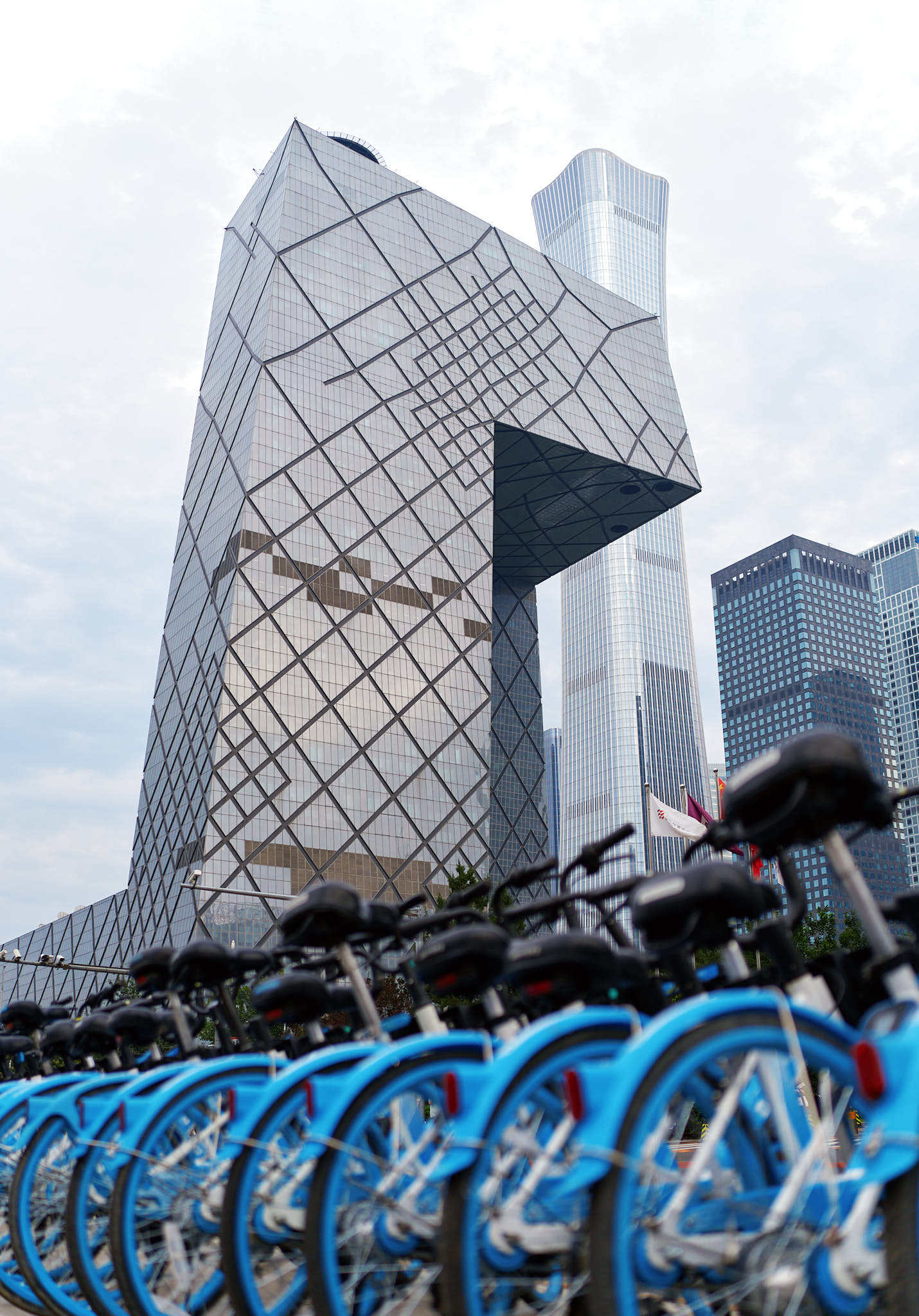
Today’s image sensors are delivering far more than what most of us need, especially for posting on social media, or even when viewed on 5k screens. It’s only when printing really, really large or when cropping options are desired that the 61MP and 102MP sensors come in handy.
You can read a post about sensor size and see sample images from APSC, Full Frame and Medium Format.
| X-Pro2 | X-T5 | A7R5 | GFX100S | |
| Resolution (megapixels) | 26.1 | 40.2 | 60 | 102 |
| Width (pixels) | 6,000 | 7,728 | 9,503 | 11,648 |
| Height (pixels) | 4,000 | 5,152 | 6,336 | 8,736 |
| Print width @ 300PPI (cm) | 50.8 | 65.4 | 80.5 | 98.6 |
| Print height @ 300PPI (cm) | 33.9 | 43.6 | 53.6 | 74.0 |
Speaking of printing large, the A7R5 and M11 can print a super high-resolution image at 300 PPI at 81cm x 54cm (32” x 21”). You can typically go down to 150 PPI on a large print without sacrificing visual impact because of the viewing distance required to see the larger print.
If the target is 150 PPI, these cameras can produce a 160cm x 108cm (64” x 42”) print! Going to the GFX100S, you can make a 198cm x 148cm (78” x 60”) print at 150 PPI. You’ll need a huge house if you print from these cameras!

One area where the high resolution could be a detriment is in how it affects the camera’s responsiveness. My GFX100S suffers from this when images are reviewed. There are no such issues with the A7R5. It feels rapid and fluid, no doubt due to Sony’s processor, much faster CF Express Type A cards and the relatively smaller file sizes.
Video Quality
I’m not much of a video person so I’ll defer to experts like Gordon Liang and Gerald Undone.
I will note however that in my usage, I’ve found the A7R5 to be a very easy video camera to use. The way the touch-to-focus is implemented makes it easy to keep up with changing subjects; I just tap on the subject I want in focus and the camera does a nice focus pull. The speed is of course adjustable to make it smoother or faster.
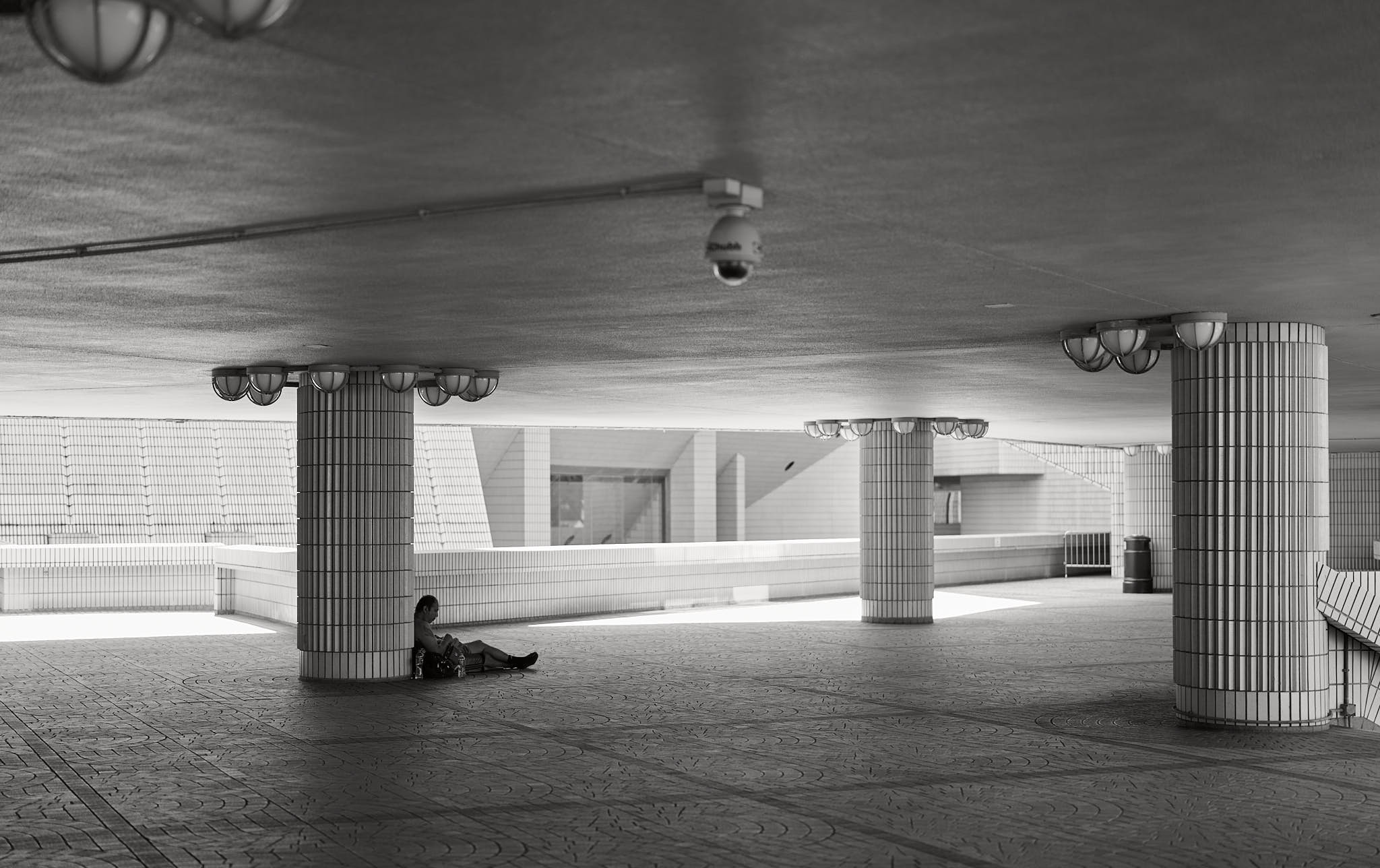
On the flip side, if you want to access professional features, the A7R5 has a bewildering range of settings taken from their professional video cameras and applied to the A7R5. Again, I’m not a video expert so I’ll leave those features for others to explain.
For my casual video needs, the A7R5 works great. I used the camera recently at a family reunion and captured some highly detailed, perfectly focused 4k 60p footage that I can enjoy long into the future. I didn’t experience any overheating issues or any other problems for that matter.
Controls
Coming from the X-T5, it took a bit of time to become accustomed to the plethora of buttons available on the A7R5. There are no less than three “C” custom buttons on the camera. I’ve left them at their default settings for the most part.
C1 is used to set the focus mode (single, continuous, and manual focus). C2 is used to select the focus area target (there are a myriad of choices). C3 is set for toggling subject detection. C3 can be especially helpful when trying to take an image of a scene where the subject is an inanimate object.
The placement and feel of the controls are a step up from the X-T5. The buttons and dials have a nice weight and “clickiness” to them. Nothing feels cheap or out of place. The only control that has a less premium feel is the mode dial. It feels like the seal under it is too tight.
“The placement and feel of the controls are a step up from the X-T5. The buttons and dials have a nice weight and “clickiness” to them.”
I really like that Sony hasn’t labelled all the buttons on the camera. If I want to assign a certain function to a button, I prefer that it be generic. It doesn’t change functionality of the camera, but it just feels right from a design aesthetic.
Perhaps not a control per se, but one thing I certainly don’t like is the spacing between the grip and lens mount. For larger diameter lenses like the Sigma 85MM F1.4, there is very little room for fingers between the grip and lens. I’ve scraped knuckles several times on the sharp edge of that lens.
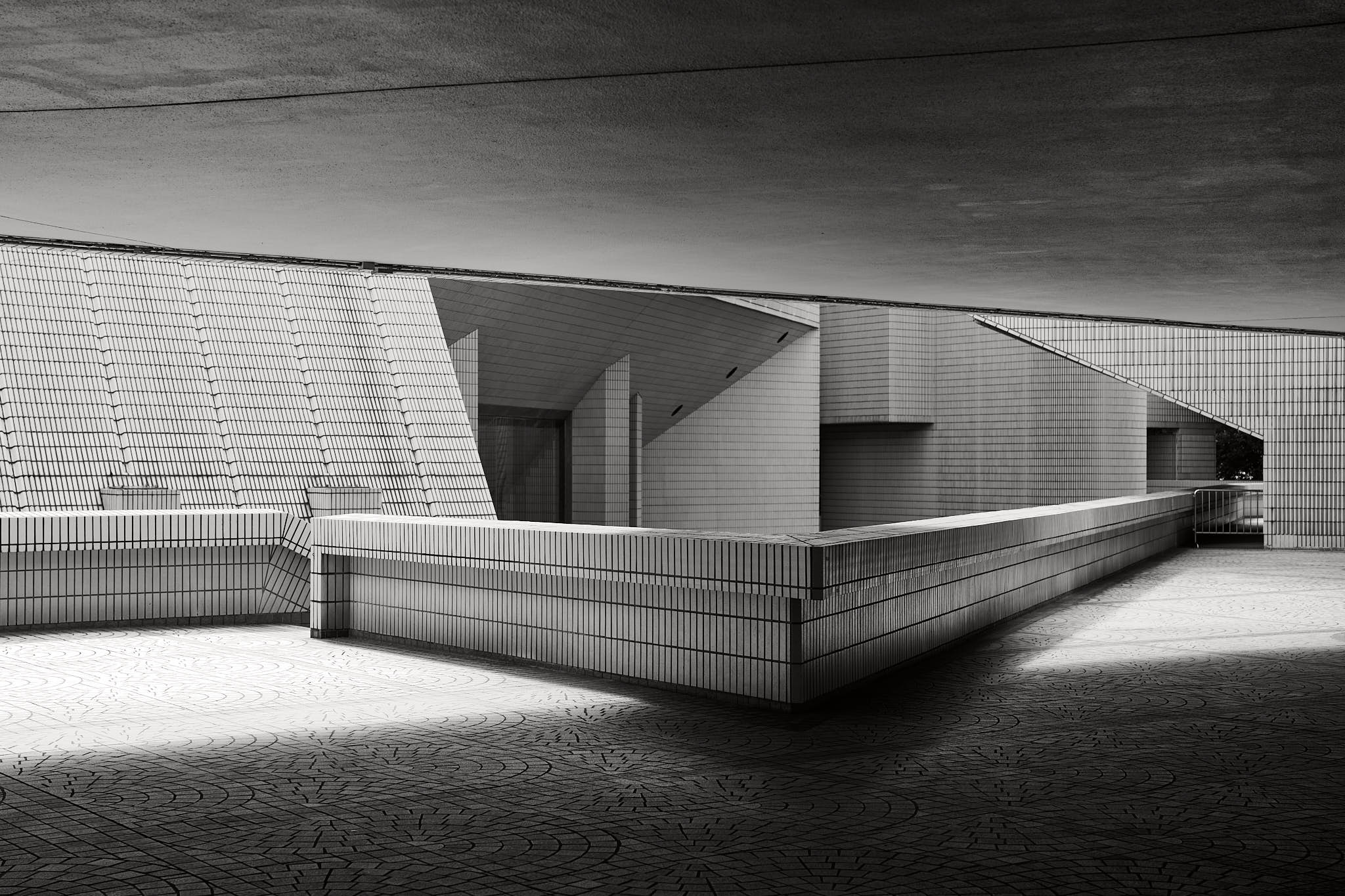
No discussion comparing a Fujifilm to a Sony can avoid the subject of having the full exposure triangle accessible when the camera is off. It’s the magic of most Fujifilm cameras and it’s clearly not something you can achieve on the A7R5.
“One control interface that is leagues better on the A7R5 than the X-T5 (or my GFX100S for that matter) is the EVF.”
You can get close by having a lens with aperture ring, setting the front dial to shutter speed and rear dial to ISO. However, this still requires the camera to be on to see the settings. I certainly miss the manual and intuitive dials of the X-T5, but it’s easy to adapt to the PASM setup.
One control interface that is leagues better on the A7R5 than the X-T5 (or my GFX100S for that matter) is the EVF. The resolution, frame rate and clarity are beyond reproach. Any hesitation that people have with EVFs will be gone the moment they look into the A7R5’s. It’s that good.
Performance
The Sony A7R3 and A7R4 were groundbreaking cameras, but they lacked in one area, responsiveness. Images took time to clear the buffer, when trying to view an image, there were irritating pauses; menus were sluggish and sometimes the focus point would drag too.
All of that has been resolved in the A7R5. With the Bionz XR processor and CF Express Type A cards, images clear the buffer quickly, playback is instantaneous, menus flow quickly and the whole camera feels very responsive.
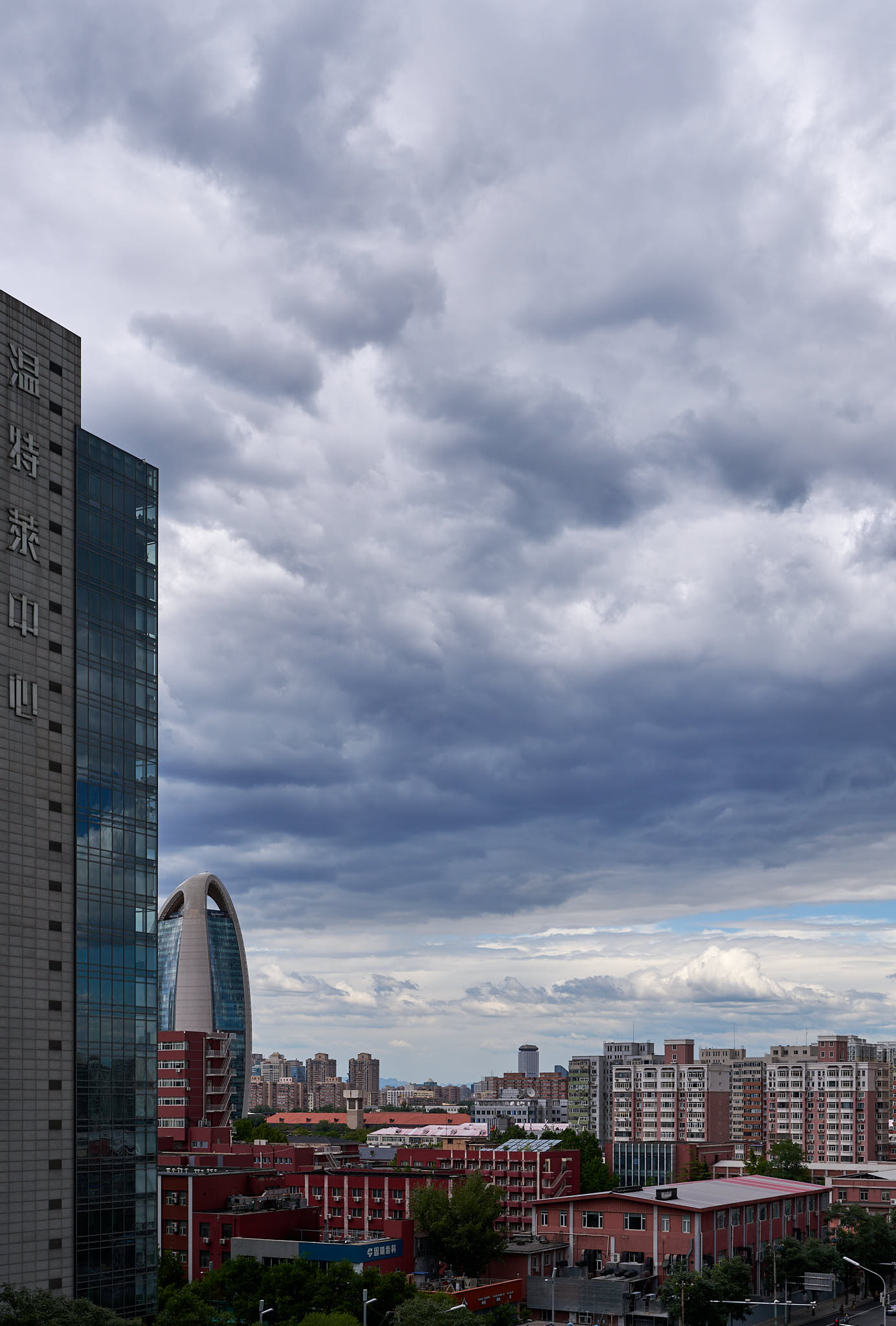
When I go back to using my GFX100S, one of the first things I notice is how sluggish that camera is compared to the A7R5. How Sony manages to do this while maintaining good battery life attests to their technology engineering prowess.
Conclusion
Switching systems is a big expense, both in financial terms and in losing familiarity with the system. While I’ve struggled a bit with the colours on the Sony as it relates to Asian and darker skin tones (they come out green), the overall experience has been very positive.
“If I were to own only one camera, it would be the A7R5.”
If I were to own only one camera, it would be the A7R5. It’s the perfect, do-everything camera. The camera has class-leading AF, is high resolution, professional, small, light, and with excellent user features like the high resolution EVF and high-speed cards. You can’t go wrong with the A7R5.
Nothing is perfect however, and there are a few things I’d like to see in a future iteration, or via firmware updates:
- More space between the grip and lens body. I wouldn’t mind if Sony went a tiny bit larger with the body to save my knuckles from further abuse.
- An auto subject detection mode where the camera determines whether the subject is a human, animal, car, train or airplane. If Sony is to be believed, the whole point of AI is that it should be able to identify subjects without us having to pre-select them.
- Better integration of the screen with the body. This aligns with the first item that I think a slightly bigger body would actually make the Sony even more compelling.
Considering the capabilities of the camera, the above list of improvement ideas is very short. The A7R5 is a truly remarkable camera that fixes all the issues that held back its earlier iterations.
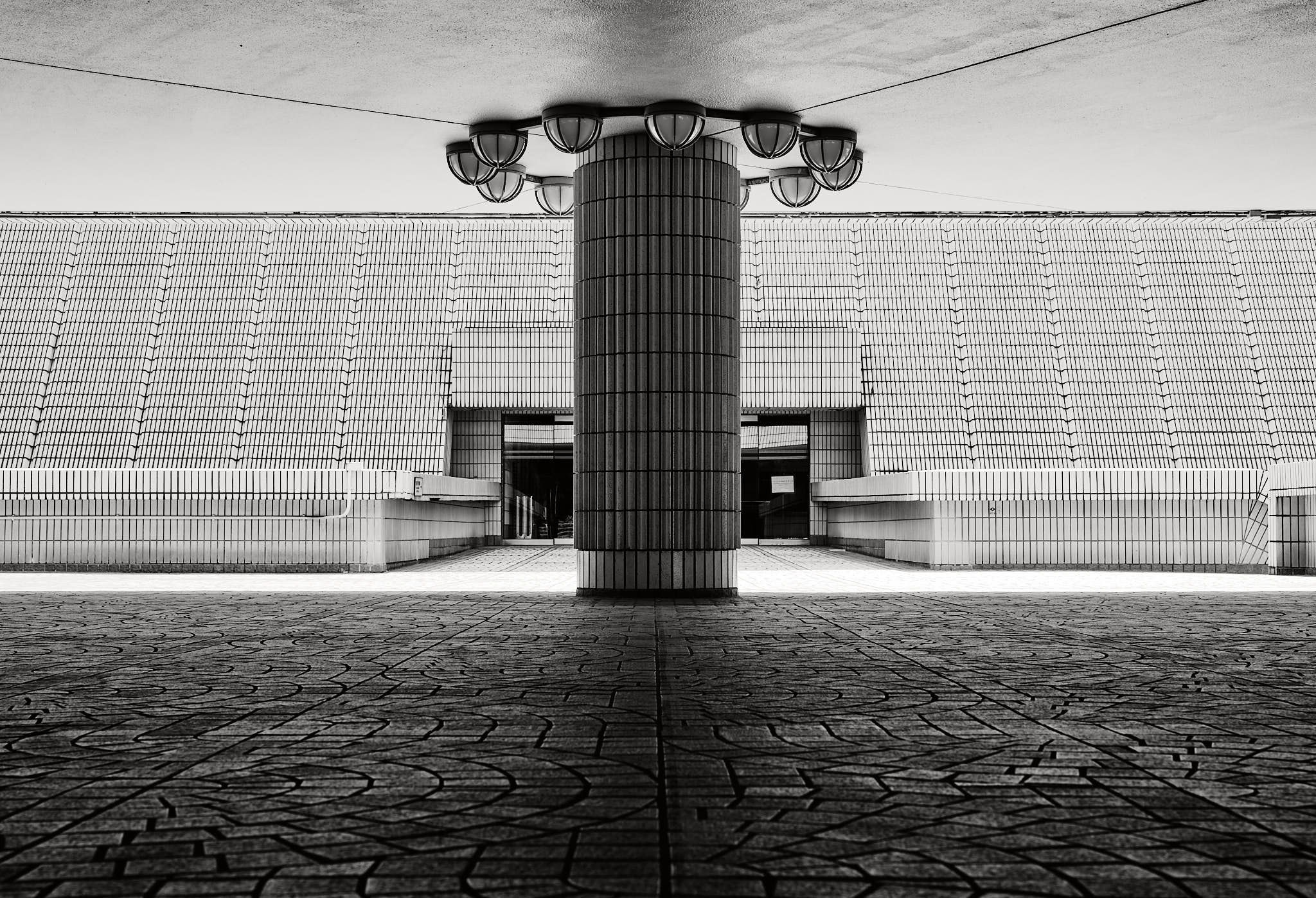
I can wholeheartedly recommend this camera to any user, from novice through to professional. It’s a camera with broad capabilities that a novice can grow with or as a camera that can support a busy professional photography business.
If you’ve found this review helpful, please feel free to share on your favourite gear forums and on social media.
Discover more from fcracer - Travel & Photography
Subscribe to get the latest posts sent to your email.
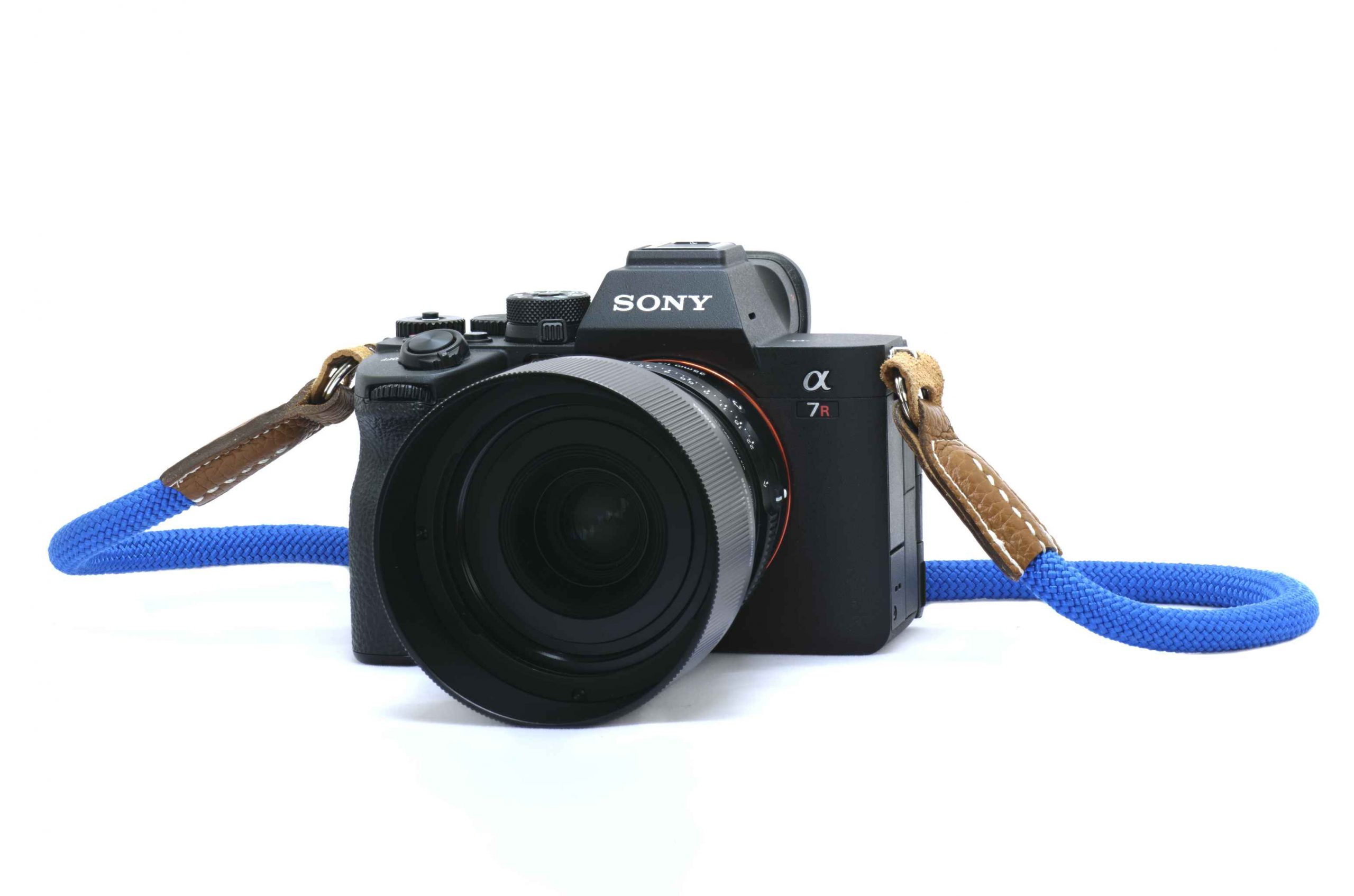
An odd comment perhaps – I see that you have also shot with rangefinder-style cameras such as Leicas and the Fuji X-Pro2. Knowing what you know now, would you also consider the A7CR over the A7R5 for a more compact and lightweight travel shooting experience?
Apart from that, really enjoying your blog. Keep up the good work.
Hi Paul, when I bought the A7R5, the A7CR didn’t exist. However, I prefer the form factor of the A7R5 over the smaller rangefinder style for this type of camera because I use this camera for long focal lengths and/or large aperture lenses where the larger body is more comfortable. However, there’s no denying Sony has put together an incredible package in the A7CR. Their ability to pack tech into a small package is perhaps unrivalled. Thank you for the kind words about the blog, I appreciate it!
Hello, that makes sense. Thanks for getting back to the question. Cheers!
Sorry for the banal question, but where can I get that beautiful strap that you have attached to your a7r5?
Hi Daniel, no worries on the question. I’m a strap connoisseur and make it my life mission to find cool straps. This one is from a Japanese company called Extended Photographic Material. I’ve been using their straps since 2016; recently, Leica subcontracted them for official straps so they’ve exploded in popularity.
You can find their e-commerce site here. If you’re visiting Japan, this brand is widely carried at the large camera stores such as Yodobashi, BIC, etc. The straps are well made, can handle a lot of weight (I used one on my GFX50R/GFX100S for years). The only downside is that they’re often sold out in the basic colours.
If you plan to carry a heavy camera and want some adjustability, I’ve recently become a big fan of the Simplr F-1 Straps. I came across this American company when looking for the best quality o-rings. Based on their o-rings (amazing quality, but tough to put on), I tried out their straps and found them to be minimalist while super strong. The only downside being the wide strap gets hot around the neck in tropical climates.
Hope the above helps. Let me know if you need more info. I’ve probably tried out 50+ straps over the years and can call upon that knowledge to match your needs.
“While I’ve struggled a bit with the colours on the Sony as it relates to Asian and darker skin tones (they come out green), the overall experience has been very positive.”
Try changing camera profile in Lightroom from “ADOBE STANDARD” to “CAMERA STANDARD”. Makes huge difference, green tint should be gone.
I use Capture One so I’ll look for a similar option. In the interim, I’ve been using the White Balance tint and moving it to Magenta which helps a bit.
Can u tell me image quality between sony a7r5 v/s gfx 100 2
They’re the same Sony sensor chip being used for both cameras, with the Sony being a cutout of the GFX100 II sensor chip, so at a pixel level, they look very similar. The Sony tends to sharpen the image more so it looks sharper, however the GFX100 II can also be sharpened just as much to look identical at a pixel level. It’s when you look at the whole image that the GFX100 II advantage is apparent, with the larger sensor, slightly higher dynamic range, and ~70% more total resolution. Please note however that the linear increase in resolution is much lower so the effect on printing isn’t as dramatic as the 70% number indicates.
Great review! I moved from the a7r3 to a7r5 and the autofocus is a major upgrade. Love this camera. It would be great if you can compare the image quality between the a7r5 and the GFX100s. I think the whole internet is wondering how they compare.
Hi Alan, thanks for writing in. I’ve been thinking about doing a comparison, but they’re very difficult to execute well. This is why many sites shy away from it; the brand ambassadors for each typically come out and find even the smallest flaws in the test methodology.
I’m not sure if you’ve seen it, but I tried something similar a while back. You can find the post here. It was a ton of work, but quite fun to see the results.
For color, try the Cobalt Fujifilm presets, they gave me the colors I loved from my X100V.
Thank you Dirk, I’ll give them a try.
Yes. I agree. I have trawled the net for just such a summary. It answers all the questions that were uppermost in my mind when considering the XT3 / A7rV switch. Thanks.
Hi Dan, I’m so glad to hear that. I really wanted to add something of value to the internet rather than just rattle off specifications. Good luck with your switch; it’s a big decision so take your time. There are days I miss the X-T5, but then I use the A7R5’s AF system and get blown away again and again at how much confidence it provides.
I’m in agreement with you. In fact I just sold almost all my other camera systems: Leica, Canon RF, OMD. I’m left with a Sony A7R5 and a Ricoh GR3X. I even sold most of my Sony GM lenses (save the 35mm) to carry less weight. I thought about a Sony APS-C camera like the new 6700 but I’m going to use the A7R5 in APS-C mode if I need longer focal lengths like when I was on a recent trip to Alaska and took the OMD OM1.
I still look at Fuji and Nikon longingly sometimes, especially the new GFX100S. Those are the only systems I haven’t fully invested in yet. Long live GAS!
Thanks again for this blog. It’s so well done!
John, a GFX100S and A7R5 make a great combination 🙂